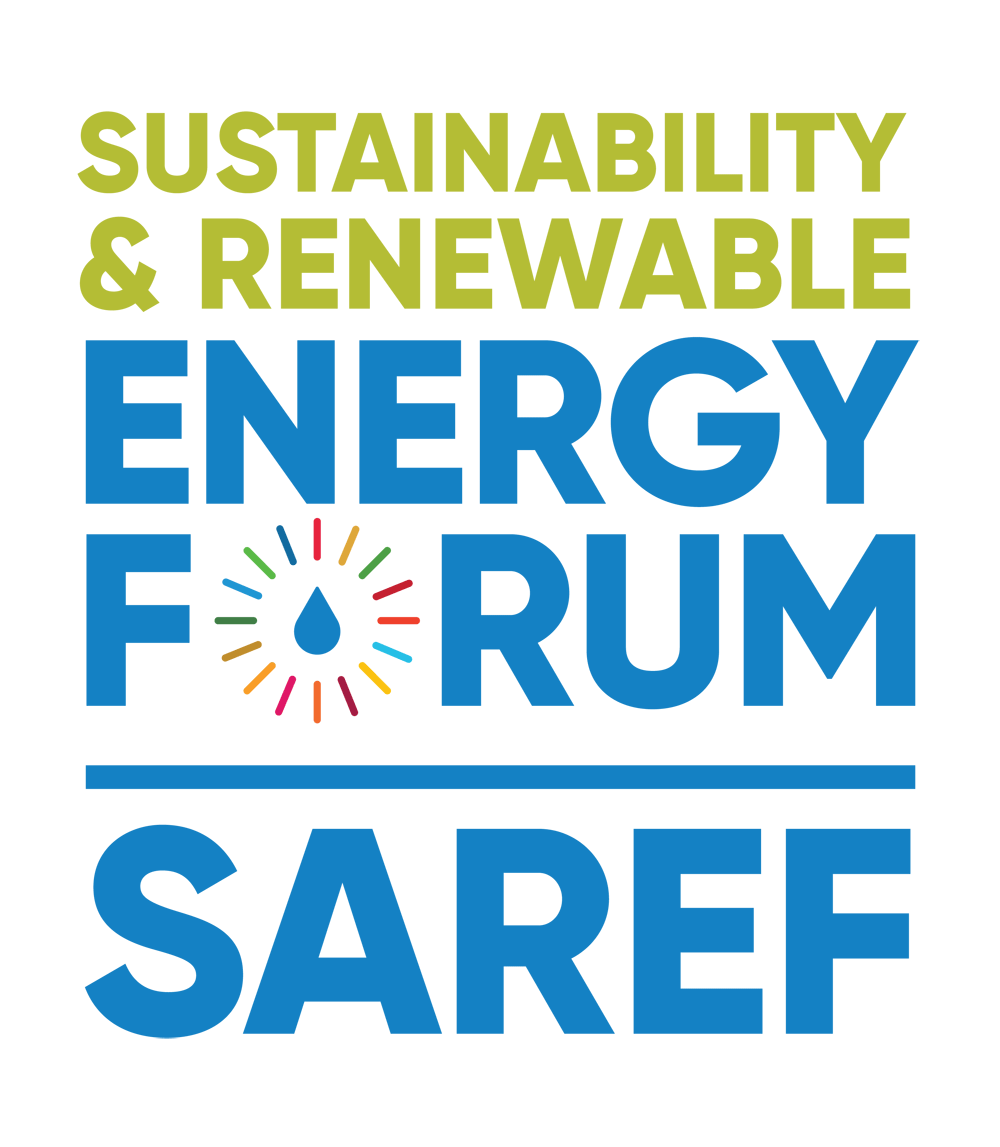
Wong (second right) poses for a group photo with (from left) Quan, Takafumi, Chu, Atkinson and Kamarul during the session. — Photos by Chimon Upon
KUCHING: Storage hydropower has a lower life-cycle equivalent intensity compared to solar energy.
Sarawak Energy vice president for Hydro, Polycarp HF Wong, said this means that storage hydropower has lower carbon footprint compared to solar energy.
“It is idealistic to think that solar energy has a very low carbon footprint but if you look at the life-cycle of a solar panel, you need energy to manufacture it.
“You also have to look at the battery storage if any, and the disposal at the end of its life which is usually between seven and ten years,” he said during the ‘Renewable Hydropower – Catalyst for Growth in Southeast Asia’ session at the Sustainability and Renewable Energy Forum (Saref) at the Borneo Convention Centre Kuching (BCCK) here yesterday.
He pointed out that Sarawak Energy has managed to lower the hydropower carbon footprint of hydropower dams from 0.698 tCO2/MWh in 2011 to 0.193 tCO2/MWh in 2018.
“This is 57 per cent lower than the global average (0.45 tCO2/MWh) and in a way, we have contributed towards the (United Nations Framework Convention on Climate Change’s) 21st Conference of Parties (COP21) for Malaysia,” he said.

Wong (second right) speaks to Kamarul during the session. With them are (from left) Atkinson and Takafumi.
With the low carbon footprint, Wong said Sarawak Energy aspires to be the regional Green Company Rating System (GreenCo).
“Our aspiration is to build a Borneo grid throughout Borneo and to be the hydropower storage for the island and beyond.
“We have the aspiration to provide energy to the Philippines, West Malaysia and Java, Indonesia and have already taken small steps with very big footprint,” he said, adding that the company is now connected to Pang Kayan, Kalimantan in Indonesia while supplying 200MWh on average.
He noted that Sarawak Energy has helped Indonesia lower its carbon footprint in the last two to three years of exporting energy to the neighbouring country.
“We are able to help them lower their tonnage of carbon dioxide by 1.8 billion tonnes and hope that with this aspiration, we can continue to help ‘green’ the region and subsequently the world around us.”
 Wong also mentioned that Sarawak Energy has developed three hydropower dams over the last three decades; namely Batang Ai, Bakun and Murum.
Wong also mentioned that Sarawak Energy has developed three hydropower dams over the last three decades; namely Batang Ai, Bakun and Murum.
“Learning from these three projects, we are now working on constructing Baleh hydro dam which will come on stream in 2026.”
He pointed out that the energy development group is currently making sure that it builds a better dam which includes supporting the indigenous and local communities around Baleh in Kapit.
“All our dams are developed according to the International Commission on Large Dams (ICOLD) principles and guidelines to ensure that they are built and operated safely, efficiently, economically and are environmentally and socially equitable.”
Apart from Wong, four other speakers also spoke during the ‘Renewable Hydropower – Catalyst for Growth in Southeast Asia’ session; namely SMEC International Pty Ltd deputy chief operating officer for Southeast Asia Karen Atkinson, Entura managing director Tammy Chu, World Bank Group senior energy specialist Takafumi Kadono and Global Energy Interconnection Development and Cooperation Organisation (Geidco) Asean and South Asia head Quan Nan.
The session was moderated by Astro Awani executive editor Kamarul Bahrain.
